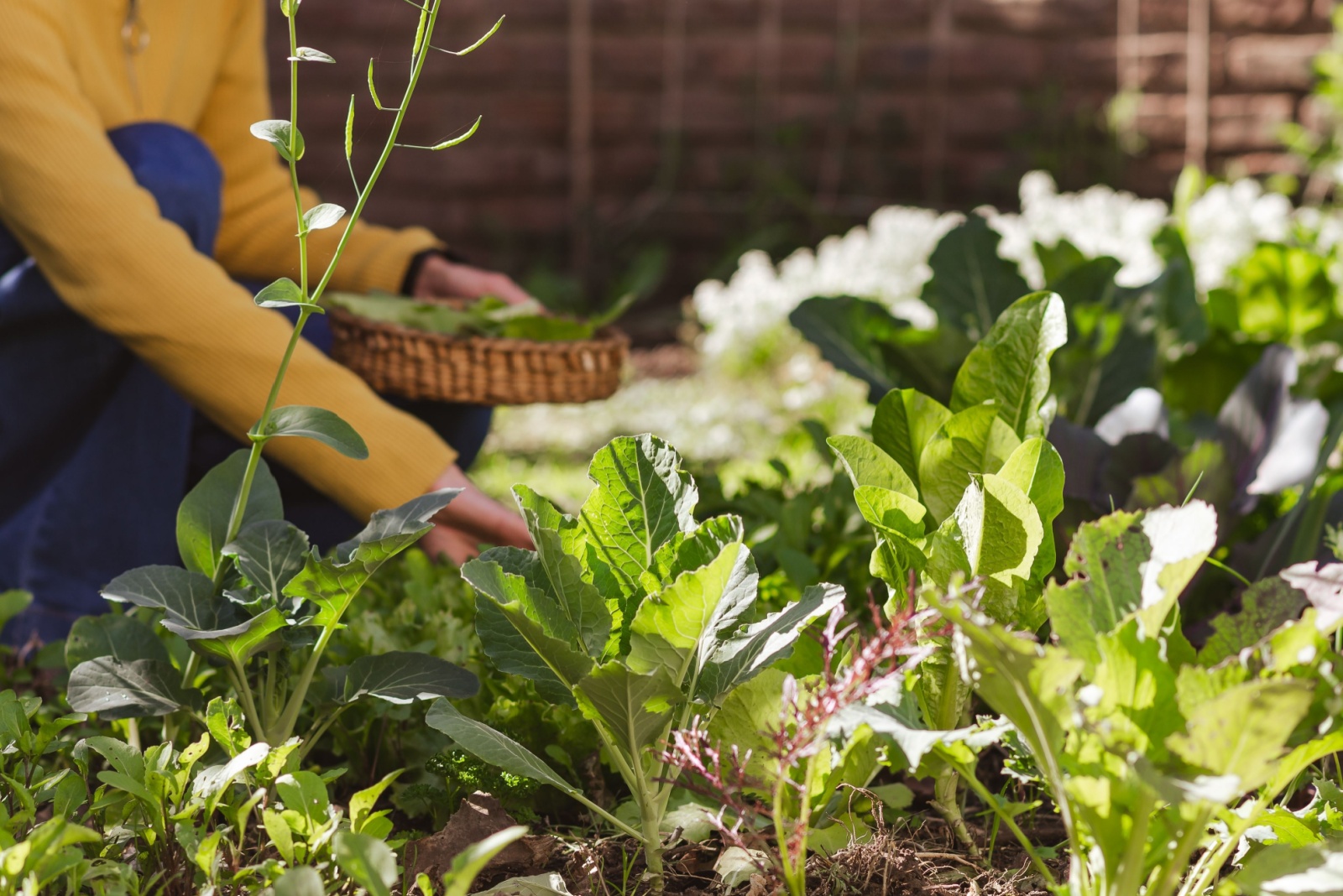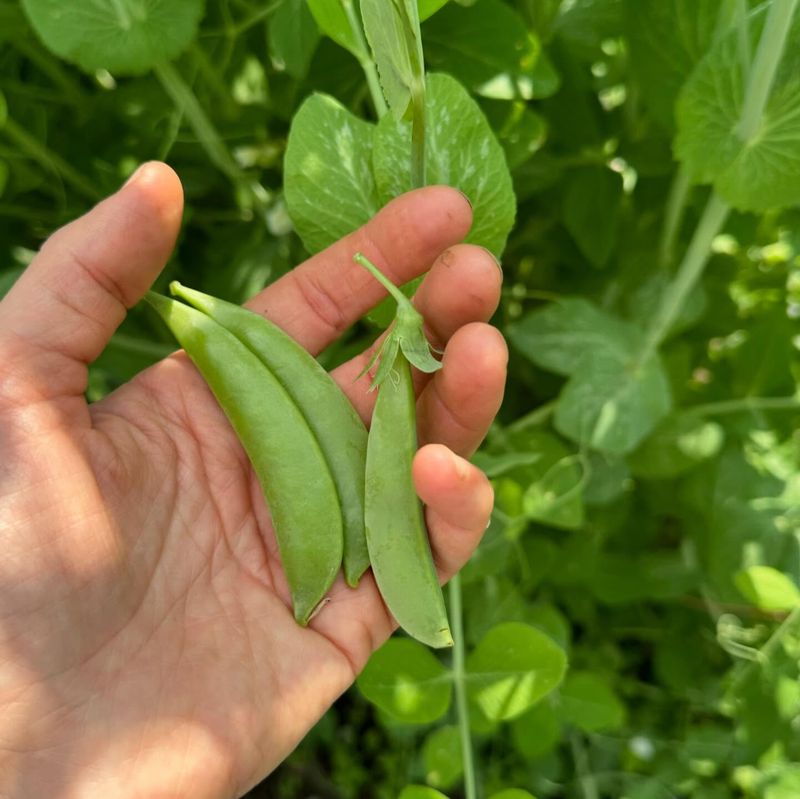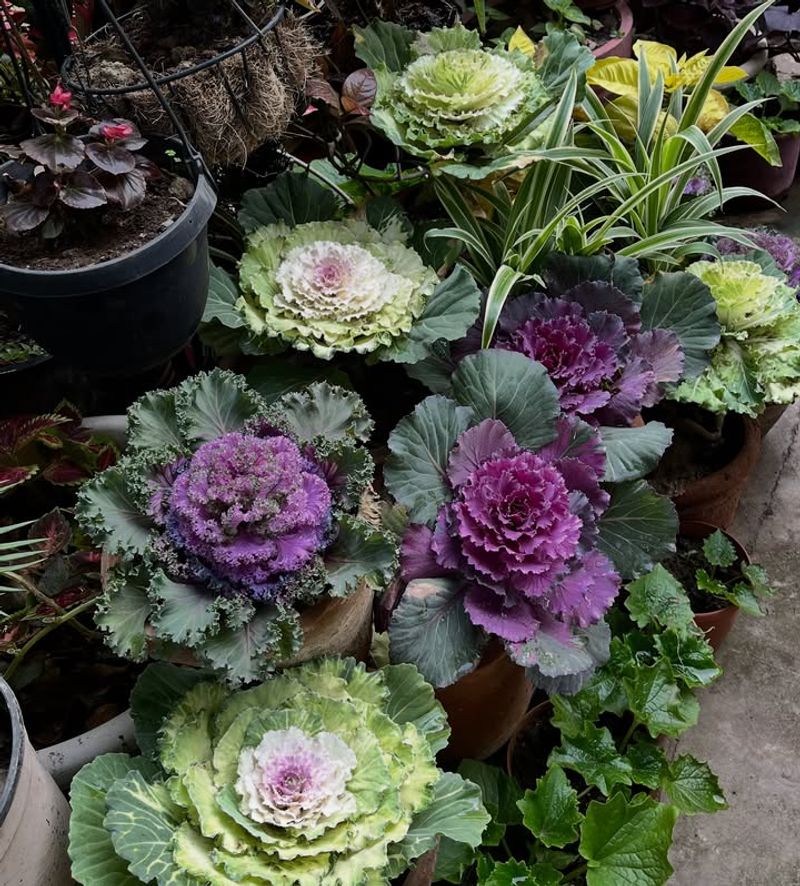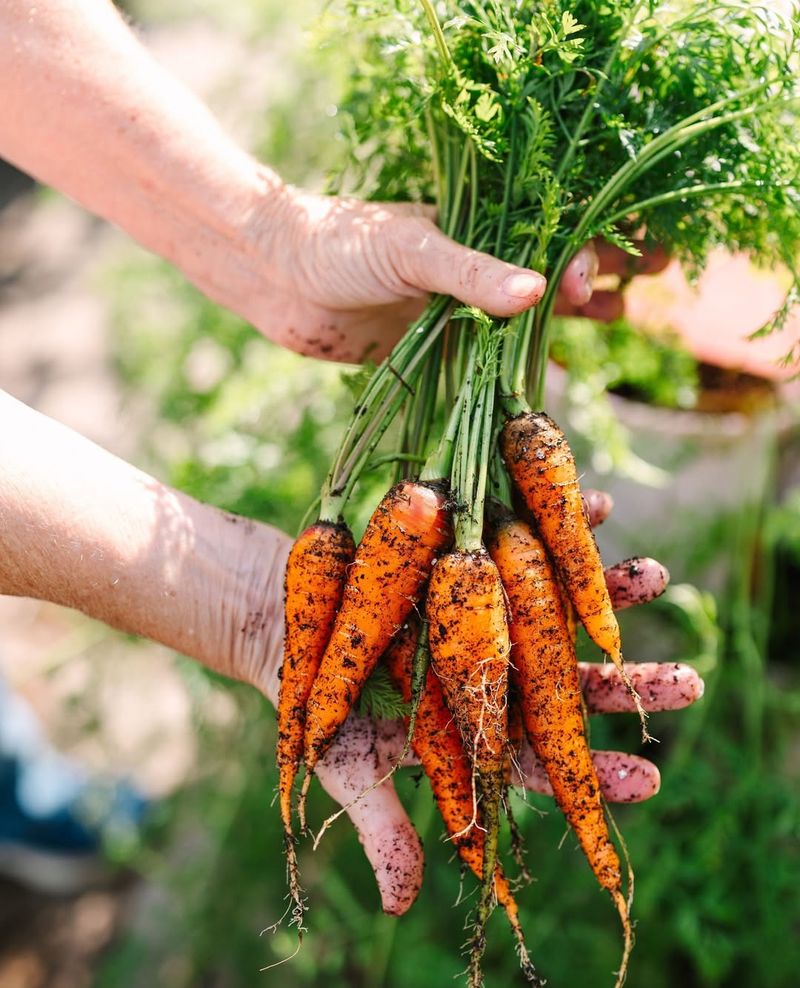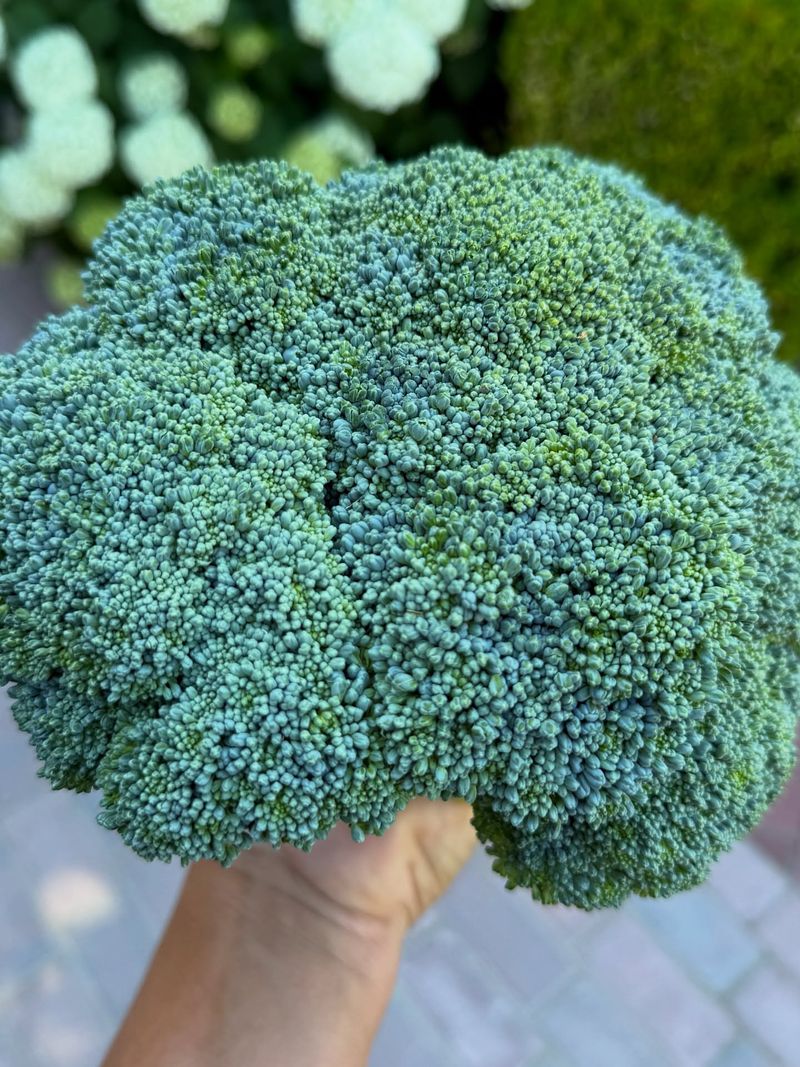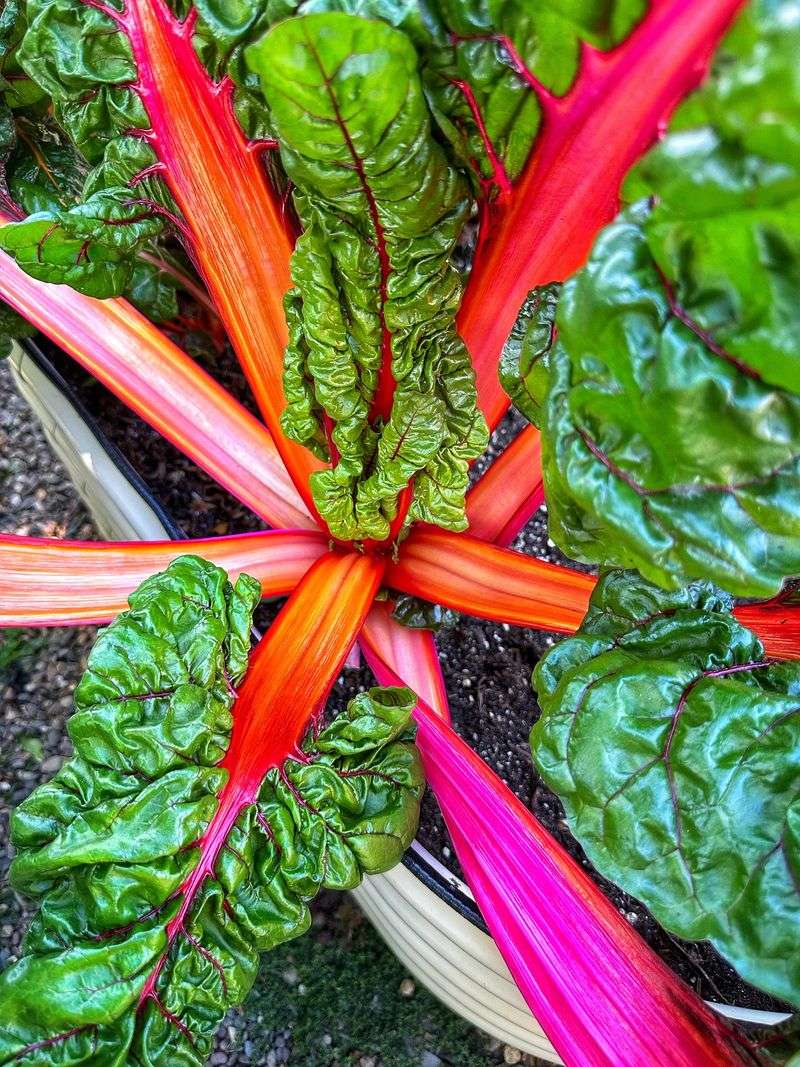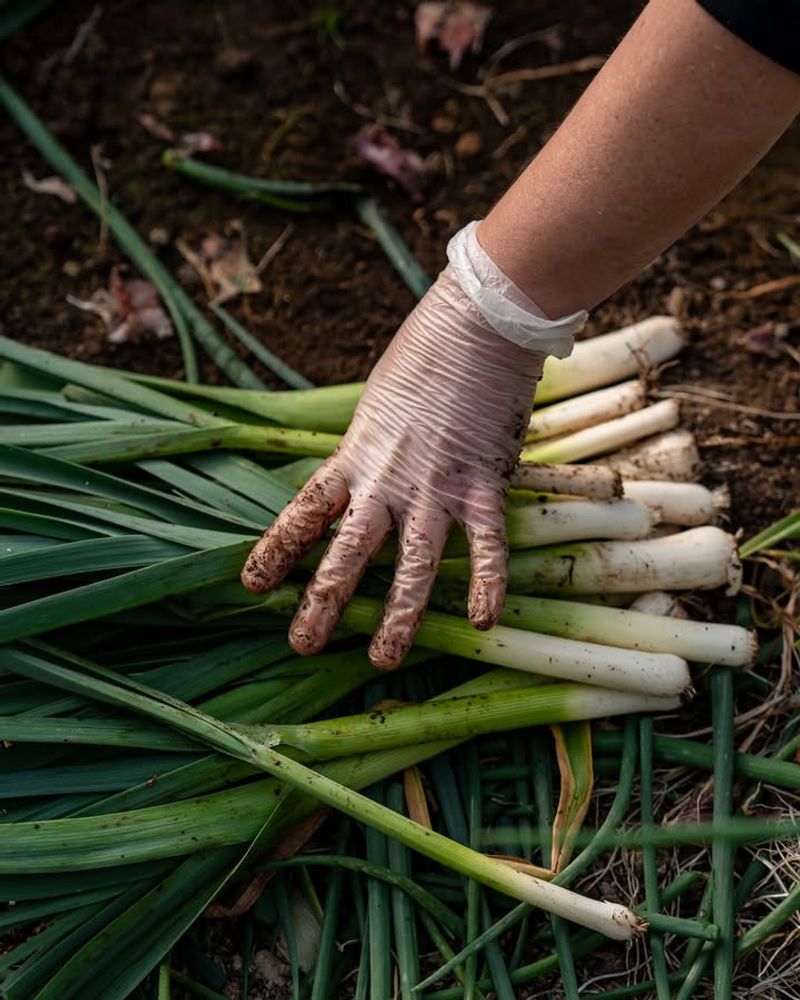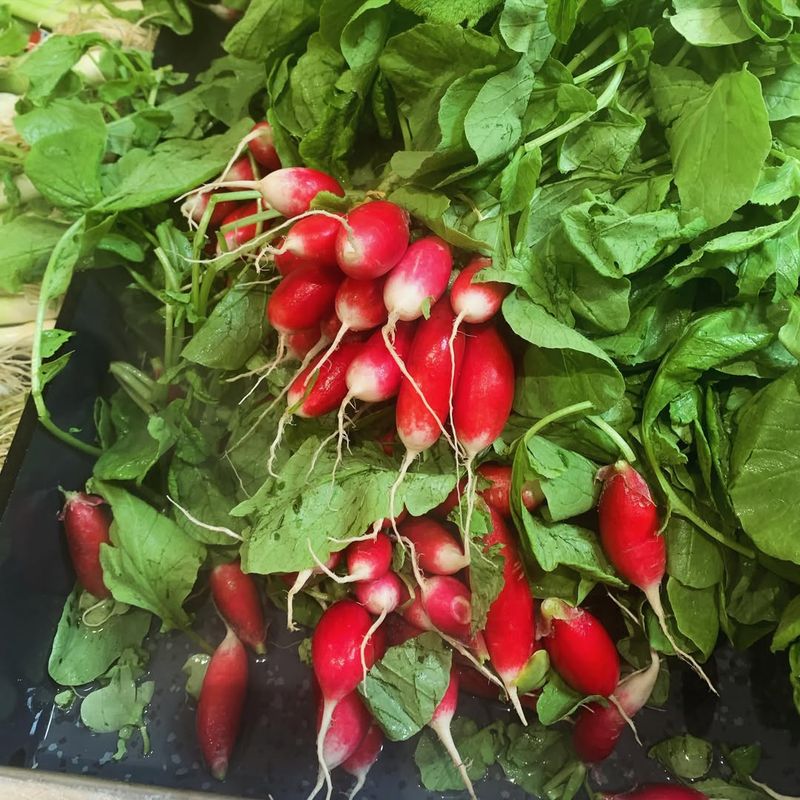December might sound like the garden’s off-season in Georgia, but this is actually prime time to set the stage for a richer, fuller winter harvest.
Cooler days and steady moisture give certain vegetables the perfect conditions to sprout, settle in, and flourish with far less fuss than in summer’s heat. Planting the right crops now can turn a quiet winter bed into a productive patch that keeps your kitchen stocked when you least expect it.
1. Leafy Green Lettuce
Crisp lettuce leaves can handle Georgia’s winter chill better than most people realize. Varieties like romaine and butterhead actually prefer cooler weather and taste sweeter when grown in December’s mild temperatures.
Plant seeds about half an inch deep in well-drained soil with plenty of organic matter mixed in. Water regularly but avoid overwatering, as wet soil combined with cold weather can cause root problems.
You’ll start harvesting tender leaves in just four to six weeks after planting.
2. Crunchy Snap Peas
Nothing beats the sweet crunch of fresh snap peas straight from your garden. These climbing vegetables love Georgia’s December weather and will produce pods all winter long if you give them something to climb on.
Set up a simple trellis or fence for support before planting seeds two inches apart. The vines will quickly grab onto any structure you provide.
Cold weather makes snap peas extra sweet, and they’ll keep producing until temperatures warm up in spring.
3. Hardy Winter Kale
Kale becomes a superstar vegetable when December arrives in Georgia gardens. Frost actually improves its flavor by converting starches into sugars, making leaves taste less bitter and more enjoyable.
Space plants about eighteen inches apart to give them room to spread their large, frilly leaves. Kale handles cold snaps without any protection and keeps growing even when other vegetables have given up.
Pick outer leaves as needed while letting the center continue producing fresh growth.
4. Sweet Garden Carrots
Carrots planted in December develop an incredible sweetness that summer carrots just can’t match. Cool soil temperatures slow their growth but concentrate sugars, creating the most flavorful roots you’ve ever tasted.
Loosen soil deeply before planting since carrots need room to grow straight down without hitting rocks or hard clay. Sprinkle tiny seeds thinly and cover with just a quarter inch of fine soil.
Keep the soil moist until seedlings emerge in two weeks.
5. Robust Broccoli Crowns
Broccoli absolutely thrives when planted during Georgia’s December weather patterns. This cool-season champion produces tight, delicious heads that taste far better than anything you’ll find at the grocery store.
Start with transplants rather than seeds to get a head start on the growing season. Space plants two feet apart and water deeply once or twice weekly.
Watch for the main crown to reach full size, then cut it before the tiny flower buds start opening.
6. Flavorful Spinach Leaves
Spinach grows incredibly fast in December’s cool Georgia weather, giving you tender leaves in just a month. Cold temperatures keep leaves sweet and prevent the bitter taste that develops when spinach grows in heat.
Scatter seeds thickly in rows and barely cover them with soil since they need light to sprout. Thin seedlings to four inches apart once they develop their first true leaves.
Harvest by cutting outer leaves or pull entire plants when they reach full size.
7. Colorful Swiss Chard
With stems in brilliant shades of red, yellow, orange, and white, Swiss chard adds beauty and nutrition to your winter garden. This underrated vegetable tolerates cold better than almost any other leafy green you can grow.
Plant seeds one inch deep and twelve inches apart for best results. Chard produces continuously all winter if you harvest outer leaves regularly.
Both the crunchy stems and tender leaves taste delicious sautéed with garlic or added fresh to salads.
8. Versatile Green Onions
Green onions, also called scallions, grow remarkably well throughout Georgia winters without any special care. They take up minimal space and provide fresh flavor for countless recipes from soups to salads.
Push small onion sets into loose soil about two inches deep and four inches apart. They’ll sprout quickly even in December’s cooler temperatures.
Pull entire plants when the green tops reach eight to ten inches tall, or snip tops and let them regrow several times.
9. Tender Mustard Greens
Mustard greens bring a spicy kick to winter meals and grow faster than almost any other December vegetable. Georgia gardeners have relied on these nutritious greens for generations because they handle cold weather without complaining.
Broadcast seeds over prepared soil and rake them in lightly, or plant in rows six inches apart. Young leaves taste mild and perfect for salads.
Older leaves develop more peppery flavor that mellows beautifully when cooked with a little bacon or ham.
10. Classic Collard Greens
No Georgia winter garden feels complete without a row of traditional collard greens. These Southern favorites actually taste better after experiencing a few light frosts, which sweeten the large, sturdy leaves.
Set transplants eighteen to twenty-four inches apart in rich soil amended with compost. Collards grow slowly during winter but steadily produce new leaves from the center.
Harvest lower leaves first, allowing the plant to keep growing and producing throughout the entire winter season.
11. Crispy Radishes
Radishes zoom from seed to harvest faster than any other winter vegetable, making them perfect for impatient gardeners. December planting gives you crunchy, peppery roots in as little as three weeks.
Sow seeds half an inch deep and one inch apart in loose, well-drained soil. Cold weather keeps radishes crisp and prevents them from getting woody or too spicy.
Pull them promptly when roots reach marble size for the best texture and mildest flavor.
12. Nutritious Turnip Roots
Turnips give you two vegetables in one since both the roots and leafy tops taste delicious. December planting produces the sweetest, most tender turnips because cold soil prevents them from becoming tough or bitter.
Plant seeds half an inch deep in rows twelve inches apart. Thin seedlings to four inches apart when they’re a few inches tall.
Harvest greens anytime for cooking, and pull roots when they reach two to three inches across for best eating quality.

